History teaches us that blinkered thinking has been the bane of many a great civilisation, inevitably leading to their downfall. Being complacent and refusing to improve further has seen the great empires of Rome, Babylon and Constantinople crumble into the dust, carefully restored tourist attractions being the only remnants of what once was. Much as we hate to admit it, we are facing a lot of crises of that kind right now. But let’s not deviate too far and stay tuned to cars for now. While the government keeps on harping on the opposition’s strong-arm tactics and the inevitability of gradual inflation, it is the ordinary people – read you and me – who suffer the outcome of constant petrol price hikes. What is more alarming, they are becoming increasingly frequent, if you care to look back upon the past few years. 
 It is in this milieu that the recent unveiling and introduction of the Tata Indica Vista EV (and its slightly more radical derivative, the EVX) become all the more significant. Developed in collaboration with Electrovaya (Toronto,Canada) and Miljøbil Grenland/Innovasjon (a Norway-based company in which Tata Motors European Technical Centre has a 50.3 per cent holding), the Vista EV was first unveiled at the Geneva Motor Show in March last year. Not much ground-breaking stuff there at first glance, but consider this – the Vista EV won the inaugural Royal Automobile Club (RAC) Brighton to London Future Car Challenge and was also awarded the honour of being the Most Economical Small Passenger Electric Vehicle (EV) and the Most Economical and Environment-friendly Small Passenger EV in the same contest. A contest wherein Tata saw competition from established makers like BMW, Smart and Mitsubishi. Surely, if a car – electric or not – garners that many accolades in an automotive market as developed as the UK, it ought to set a paradigm shift in the Indian market as and when it comes here.
It is in this milieu that the recent unveiling and introduction of the Tata Indica Vista EV (and its slightly more radical derivative, the EVX) become all the more significant. Developed in collaboration with Electrovaya (Toronto,Canada) and Miljøbil Grenland/Innovasjon (a Norway-based company in which Tata Motors European Technical Centre has a 50.3 per cent holding), the Vista EV was first unveiled at the Geneva Motor Show in March last year. Not much ground-breaking stuff there at first glance, but consider this – the Vista EV won the inaugural Royal Automobile Club (RAC) Brighton to London Future Car Challenge and was also awarded the honour of being the Most Economical Small Passenger Electric Vehicle (EV) and the Most Economical and Environment-friendly Small Passenger EV in the same contest. A contest wherein Tata saw competition from established makers like BMW, Smart and Mitsubishi. Surely, if a car – electric or not – garners that many accolades in an automotive market as developed as the UK, it ought to set a paradigm shift in the Indian market as and when it comes here.  Like its ubiquitous donor vehicle, the Vista EV is a four-seater hatchback, originally developed at the Tata Motors European Technical Centre in the UK. Power comes through a lithium ion SuperPolymer battery mated to a MФTIVETM series electric motor from TM4 Electrodynamic Systems (Canada, again). In its present guise, the more practical EV is capable of a real-world range of 200 kilometres on a single charge, a 0-100 km/h sprint under 10 seconds and an impressive top speed of 115 km/h.
Like its ubiquitous donor vehicle, the Vista EV is a four-seater hatchback, originally developed at the Tata Motors European Technical Centre in the UK. Power comes through a lithium ion SuperPolymer battery mated to a MФTIVETM series electric motor from TM4 Electrodynamic Systems (Canada, again). In its present guise, the more practical EV is capable of a real-world range of 200 kilometres on a single charge, a 0-100 km/h sprint under 10 seconds and an impressive top speed of 115 km/h.
Last month, Tata UK started rolling out a limited number of Vista EVs for a select clientele, chosen from among the public working in and around the West Midlands, for trial and technology evaluation purposes within the Technology Strategy Board (TSB)-sponsored CABLED programme. Under this programme, the company plans to supply 25 Vista EV vehicles in the first quarter of this year for a 12-month trial programme. This will enable Tata to develop a robust customer base and after-sales programme, in readiness for a more comprehensive launch in 2012. And under the new Plug-In Car Grant scheme in the UK, the company will receive a grant of 25 per cent of the purchase price up to a maximum of Rs 3.5 lakh for each new vehicle sold between January 2010 and March 2012. It is unclear as of now when this car will make its way to its motherland. But when it does, we really hope that buyers queue up for it in a larger number than they did for the Nano. Because, after all the hype and hoopla has died down, whether we like it or not, what remains will be cars like this.
It is unclear as of now when this car will make its way to its motherland. But when it does, we really hope that buyers queue up for it in a larger number than they did for the Nano. Because, after all the hype and hoopla has died down, whether we like it or not, what remains will be cars like this.
CAPTIONS:
(Clockwise from top left) The Vista EVX at the RAC flag-off; Under that innocous Vista bonnet lies a completely different set of components; Vying for attention with the hot babes at the Bangkok Motor Show; Styling remains the same as what we see every day on our roads, except for those customary EV decals







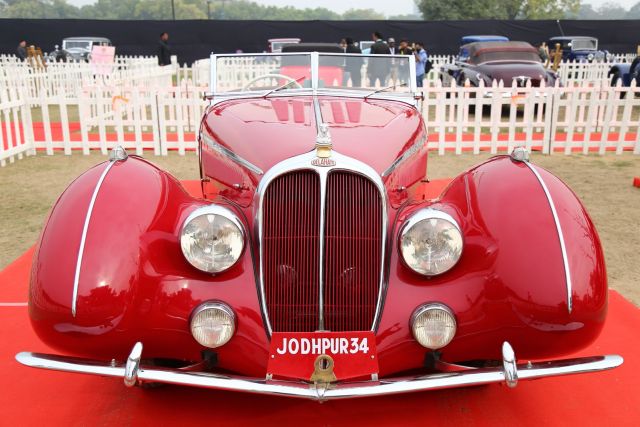

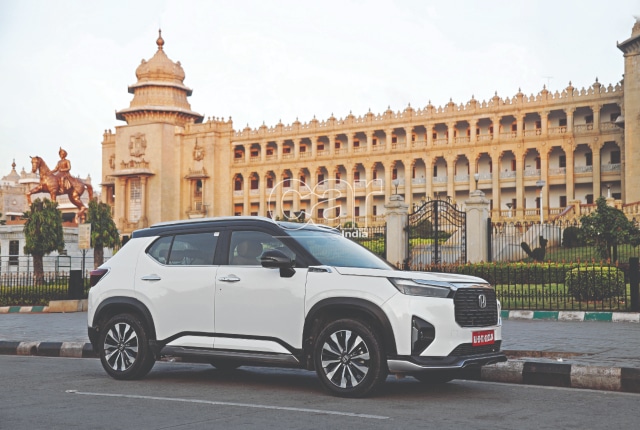
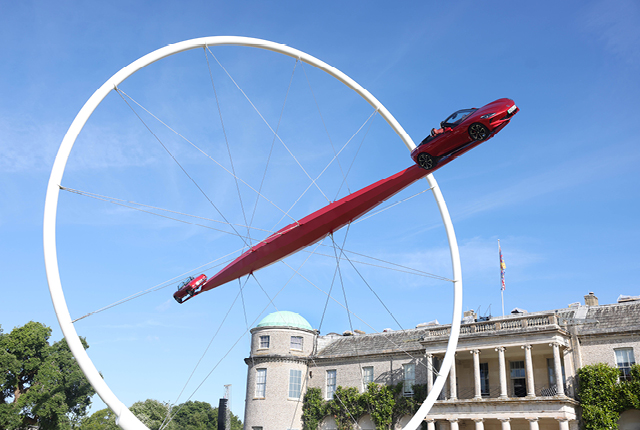
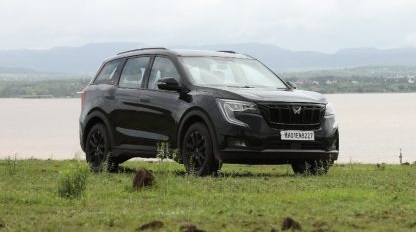


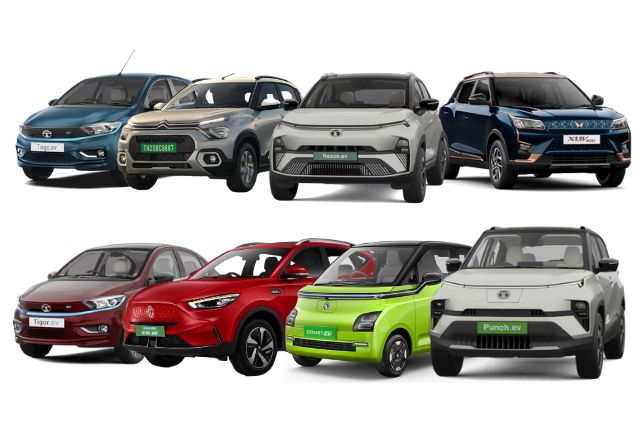
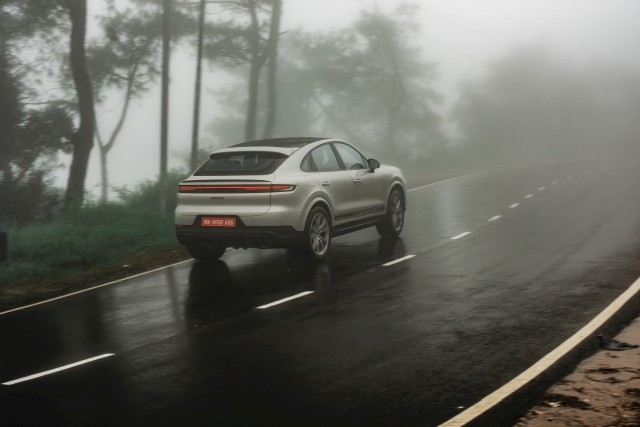
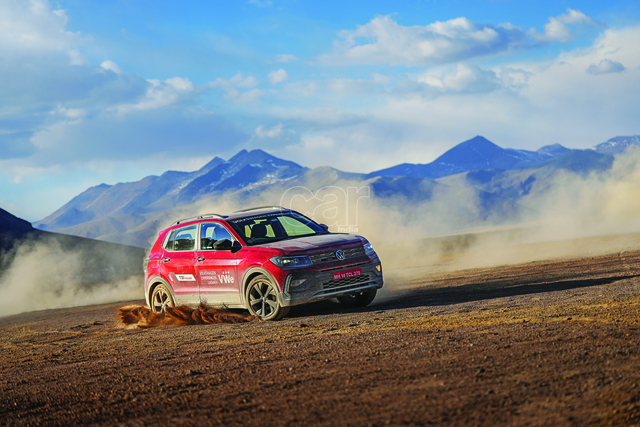
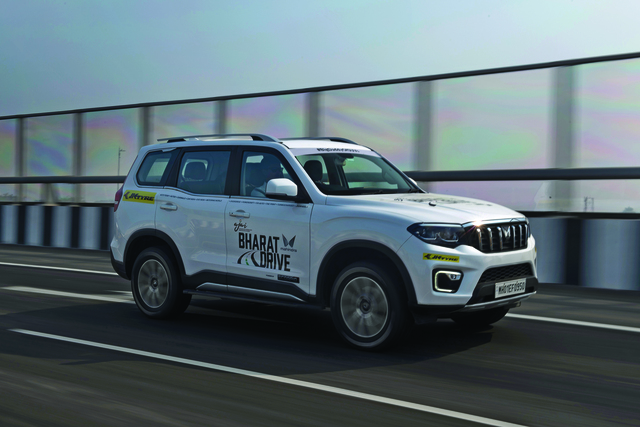




Leave a Reply